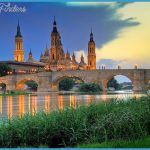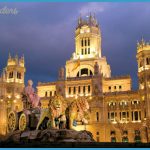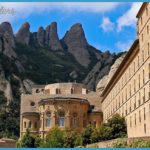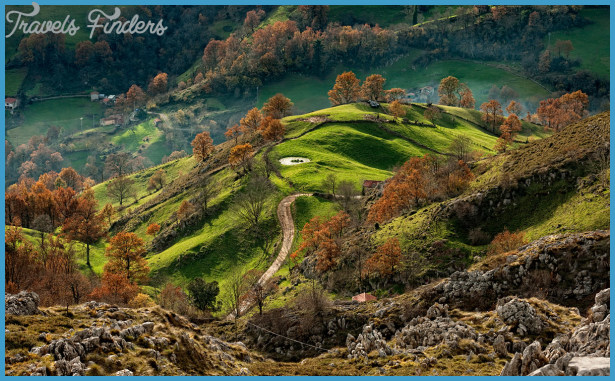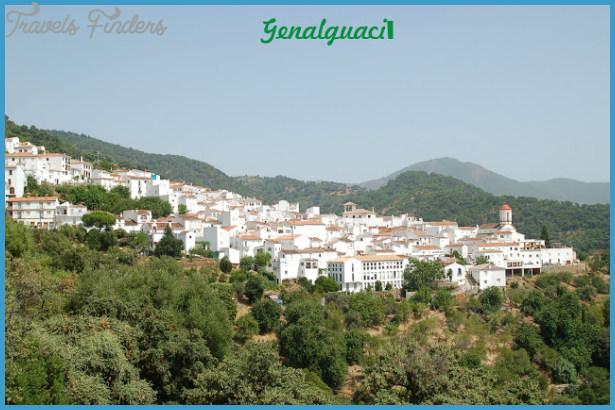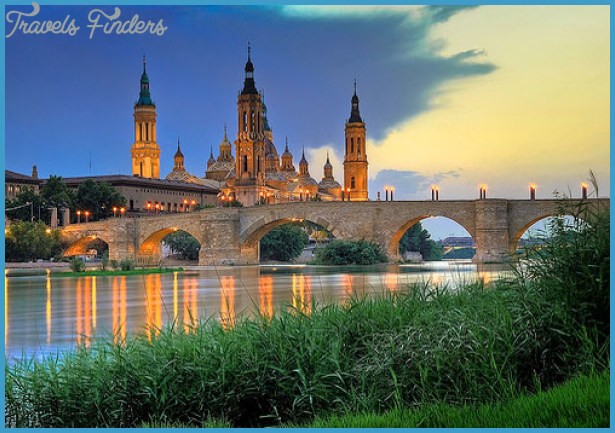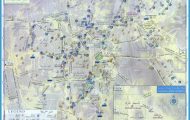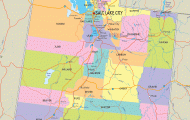Valencia, the third largest city, has a population of about 700,000. It is a sunny garden , city surrounded by orange groves, a port city on the Mediterranean.
Seville, with about 600,000 population, ranks as a tourist center because of its historical buildings and cultural heritage. Seville has Spain’s largest cathedral which also is the largest Gothic building in the world.
Spain is regionalized, each region somewhat different in topography and custom. The people of Astoria in northwest Spain are blue-eyed. The northeast is Basque, the people with strong, prominent noses and a great desire for their own government. Castile sits in central Spain; the people have narrow faces and sallow skins. The inhabitants of Andalusia in the south have olive skin with dark brown or black hair. Andalusia is a meld of Spanish and the legacy of the Moors is seen in the coloring of the people and architecture of Seville, Cordoba, and Granada.
There are indeed castles in Spain, castles the like of which are not seen in the rest of Europe. The best known, the most intricately built, the loveliest of castles is not strictly Spanish. It is the last stronghold and palace of the Moors, who after eight hundred years relinquished their power in southern Spain to Columbus’s patrons, Ferdinand and Isabella. That was in the fifteenth century. Today the Alhambra with its sister palace/gar-den, the Generalife, is the number one tourist attraction in Spain.



